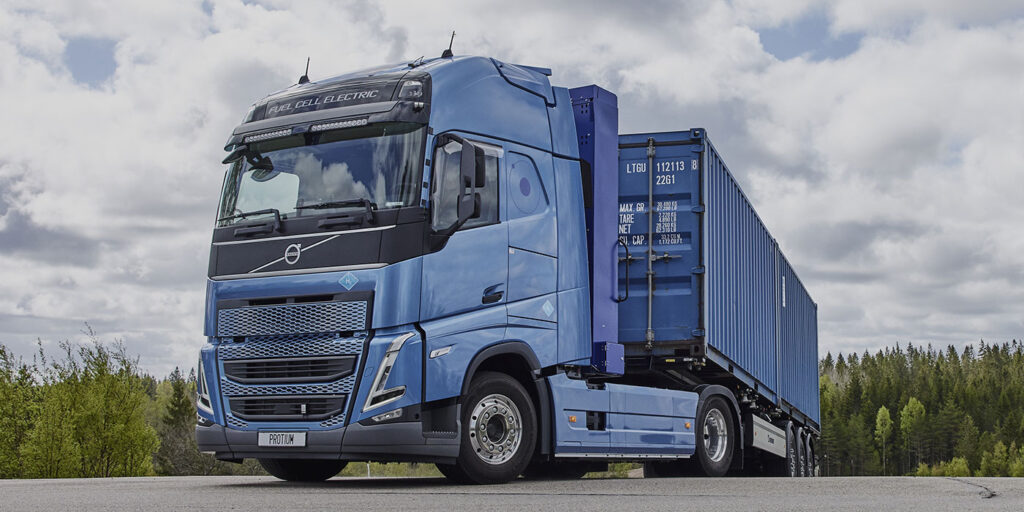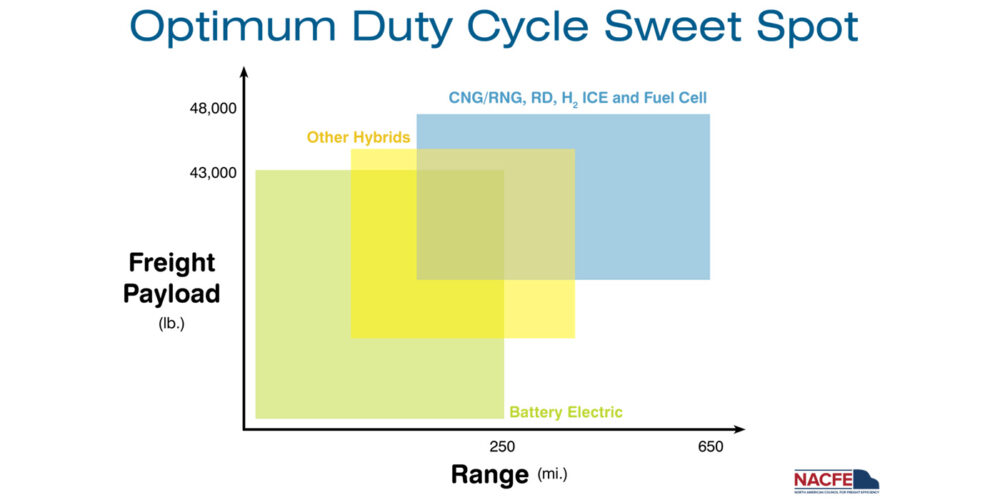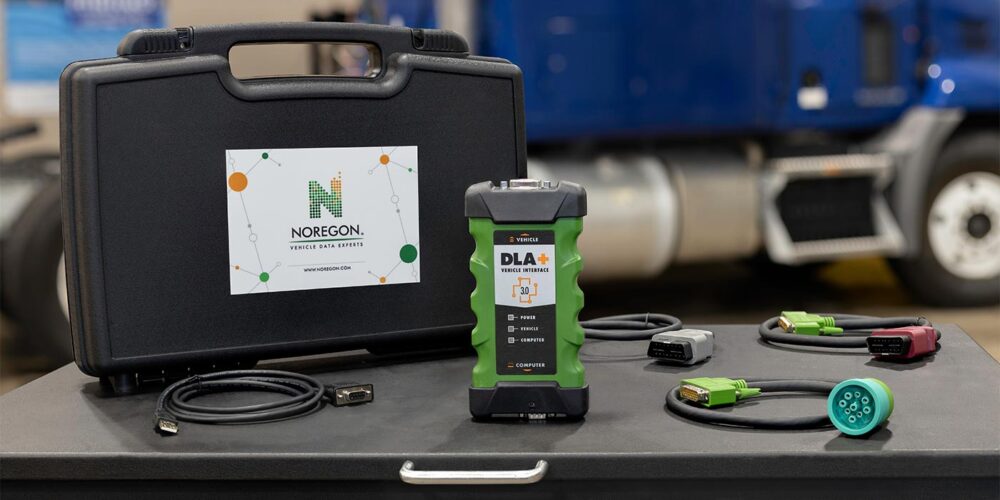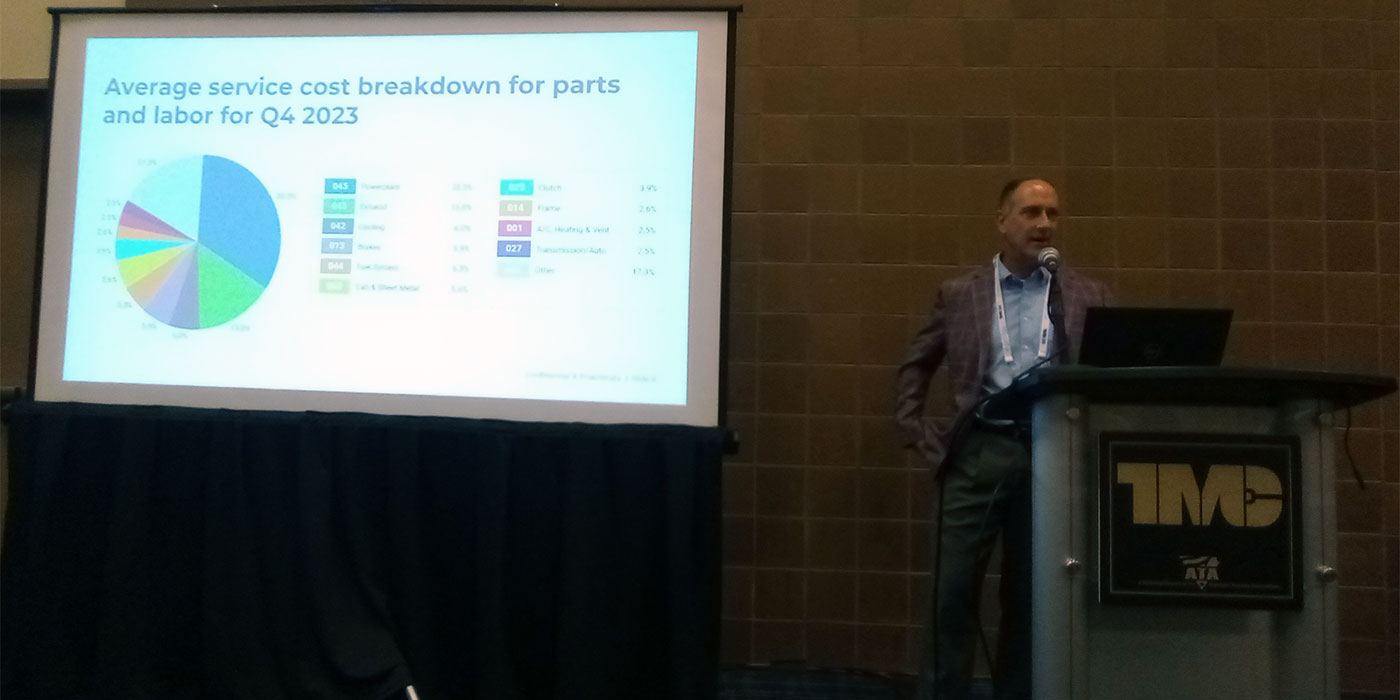The North American Council for Freight Efficiency (NACFE) and RMI recently released a new guidance report, “Hydrogen Trucks: Long Haul’s Future?” The report focuses on using hydrogen-based powertrains for heavy-duty Class 8 long-haul freight routes pulling van trailers. These powertrains include a range of fuel cell battery electric types and internal combustion engines (ICE) based on the diesel cycle.
The “state of hydrogen today” section in the report looks at the cost realities of hydrogen for trucking applications. NACFE says the report found that hydrogen may be the harbinger of a new green industrial revolution or the progression from one fossil fuel-based energy carrier to another with greater emphasis on reducing emissions. Either way, NACFE says it believes hydrogen will be a factor in future long-distance freight hauling in combination with battery electric vehicles for shorter-range operations.
“As we move to the zero-emissions freight future, in the long run, there are only two choices of power–battery electric and hydrogen fuel cell,” said Rick Mihelic, report author and director of emerging technologies, NACFE.
The report, according to the company, provides insight into what has changed since NACFE first reported on hydrogen in 2020. It explores changes in the molecular fuel industry and provides information on various agreements and regulations that are spurring the development of hydrogen as a fuel source in heavy-duty trucking. The report also presents information on technology and infrastructure changes including the emergence of hydrogen internal combustion engines and explores the basics of hydrogen internal combustion engines.
NACFE says the study team determined that hydrogen is a complex topic and hydrogen for use in freight transportation is just in its infancy. The report contains four conclusions:
- Hydrogen and battery electric are not an “either/or” but an “and” for the zero-emission freight future.
- Hydrogen fuel cell tractors are the only zero-emission solution for many duty cycles for heavy-duty tractors.
- Alternative fuels like RNG, renewable diesel, and hydrogen used in internal combustion engines will be required to support the transition in the next two decades to help make progress toward zero-emission goals, while in parallel ramping up the hydrogen and battery electric infrastructure and manufacturing base.
- Industry agreement is needed on whether hydrogen long-haul fuel cell tractors and the transport of the hydrogen fuel itself, will be based on gaseous or liquid hydrogen.
This report is based on two previous NACFE reports–“Viable Class 7/8 Electric, Hybrid and Alternative Fuel Tractors” and “Making Sense of Heavy-Duty Hydrogen Fuel Cell Tractors“–which compared a range of alternative fuel heavy-duty truck technologies including hydrogen.
According to findings from NACFE, alternative fuels like RNG, renewable diesel, and hydrogen used in internal combustion engines will be required to support the ongoing transition to zero-emission vehicles, while additionally ramping up the hydrogen and battery electric infrastructure and manufacturing base.















